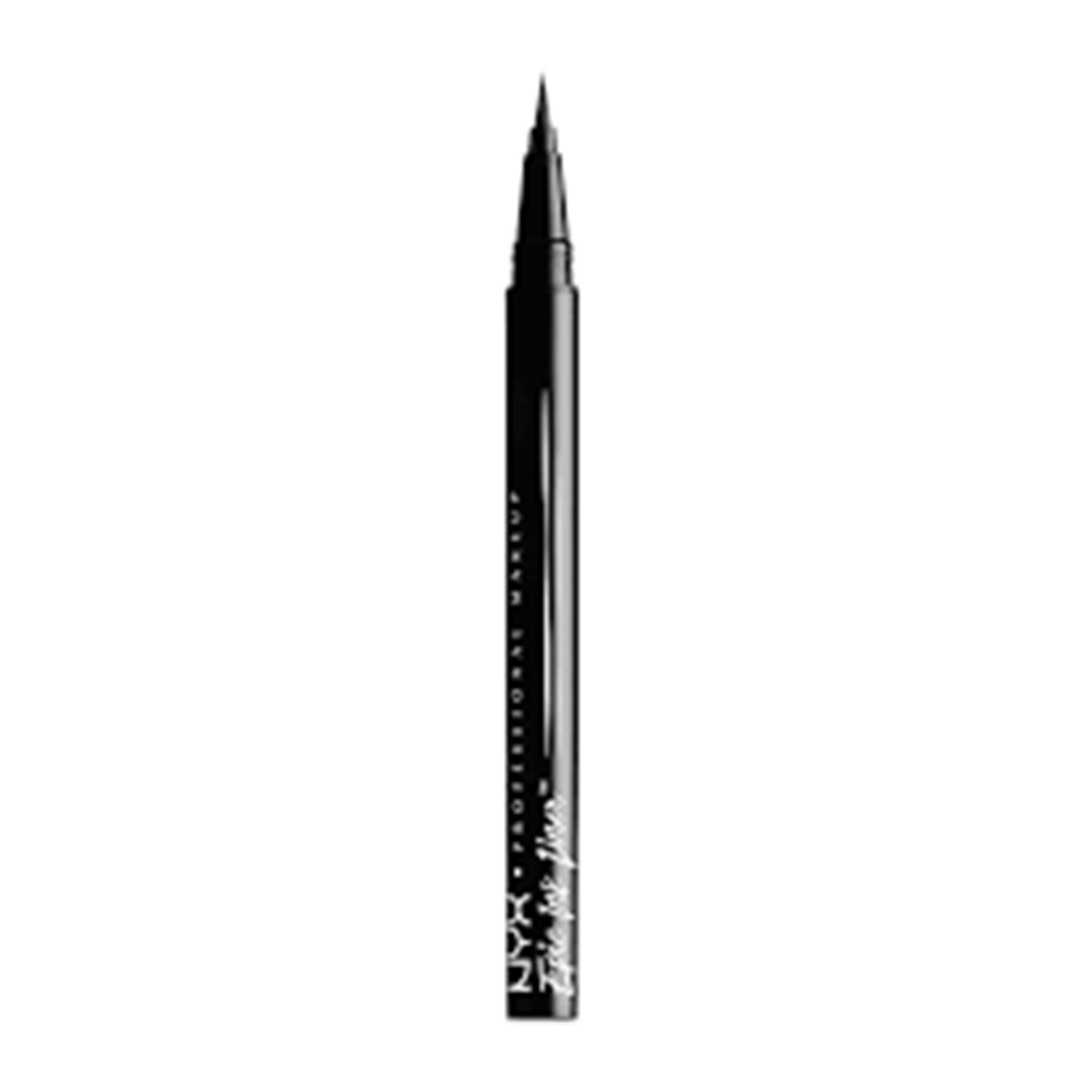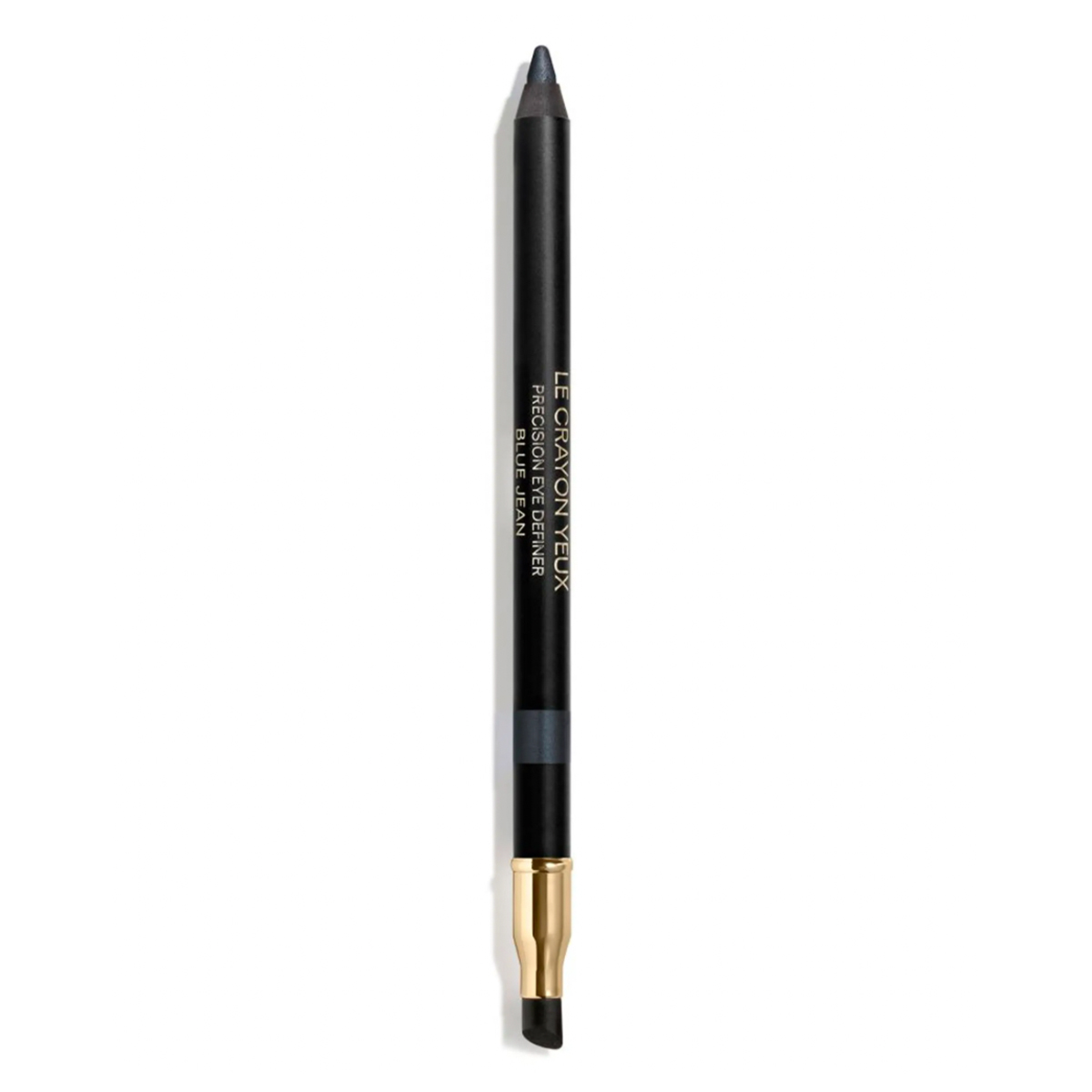Face shape is one of those physical features we might not always be actively thinking about, but it contributes to so many parts of our lives. Everything from picking a hairstyle to determining the best makeup technique and even selecting the most flattering sunglasses hinges on this specific anatomical detail. According to Tanuj Nakra, MD, board-certified cosmetic surgeon and co-founder of Avya Skincare, “The shape of our faces is a direct result of our underlying bone structure, which is based on genetics.” That being said, the process of identifying your face shape certainly doesn’t need to include a trip to the doctor’s office.
It’s time to finally demystify the magic of identifying your face shape, and we’re here to help you do it. While we fancy ourselves quite knowledgeable on a host of beauty topics, we knew a team of cosmetic dermatologists and surgeons would be the perfect resource for breaking down the specific steps for pinpointing your face shape quickly and accurately. So we called in our favorite MDs to help us understand the ins and outs of facial structure.
Keep scrolling to peep our handy face-shape chart and the three best tips for identifying yours, according to our squad of aesthetic experts. Then, read more about your specific face shape.

According to Simon Ourian, MD, founder of Epione Beverly Hills, making an outline of your face in the mirror can point you in the right direction of determining your face shape. “Stand in front of a mirror and trace the outline of your face using lipstick or anything else removable,” he instructs. Step back, and you can use the below guidelines to identify your face shape.
As Nakra puts it, “The cheekbones (maxilla) and jawbone shape (mandible) have a major impact on facial shape.” He says that some other factors also contribute, such as the shape of the forehead and nose, the location of the eyes and mouth, and the prominence of facial fat pads, but the cheeks and jaw tell most of the story. “First, identify the most prominent point and location of each cheekbone. Next, determine the shape and prominence of the jawbone. Comparing these two bony landmarks can help determine the face shape,” he instructs.
Obviously, our faces are not going to be exact replicas of geometric shapes we learned about in school. So it’s best to be less rigid with our expectations of conforming to an exact shape and leave room for other contributing factors. “The overall face shape takes into account the relative prominence of features and changes with age and weight,” says Anita Patel, MD, founder of her eponymous cosmetic surgery practice in Beverly Hills. “If looking at a triangle, a youthful face has the apex at the bottom, whereas an aged look has the triangle flipped upside down, with the base at the bottom,” she adds.
In addition, Ourian recommends thinking about how we apply our makeup to help make us more cognizant of our facial structure. “As a rule of thumb, consider how and why you contour and highlight certain areas of the face using bronzer, blush, and highlighter. This bone structure you exaggerate shadows and highlights, contributing to your face shape,” he says.
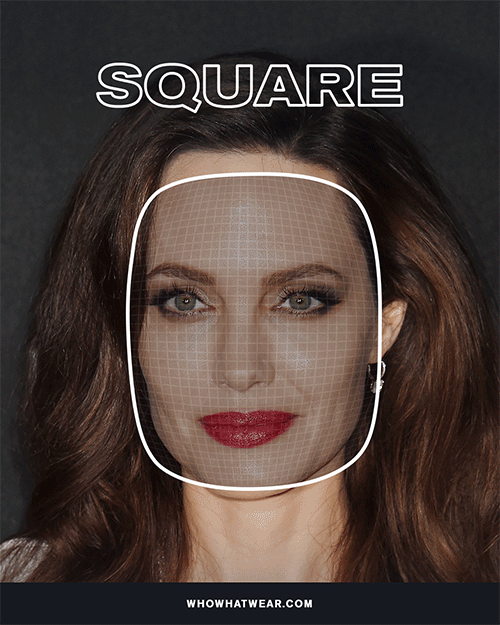
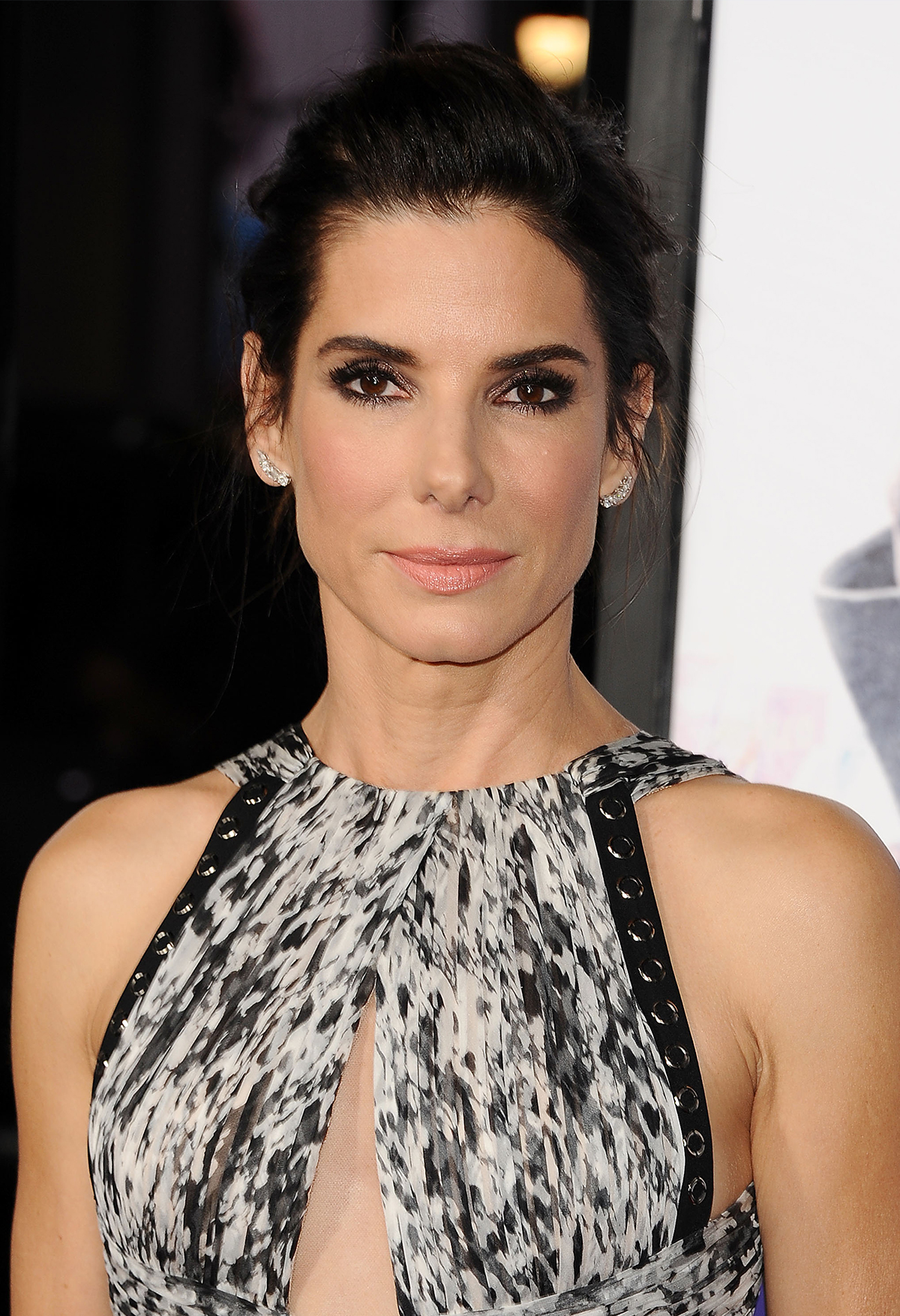
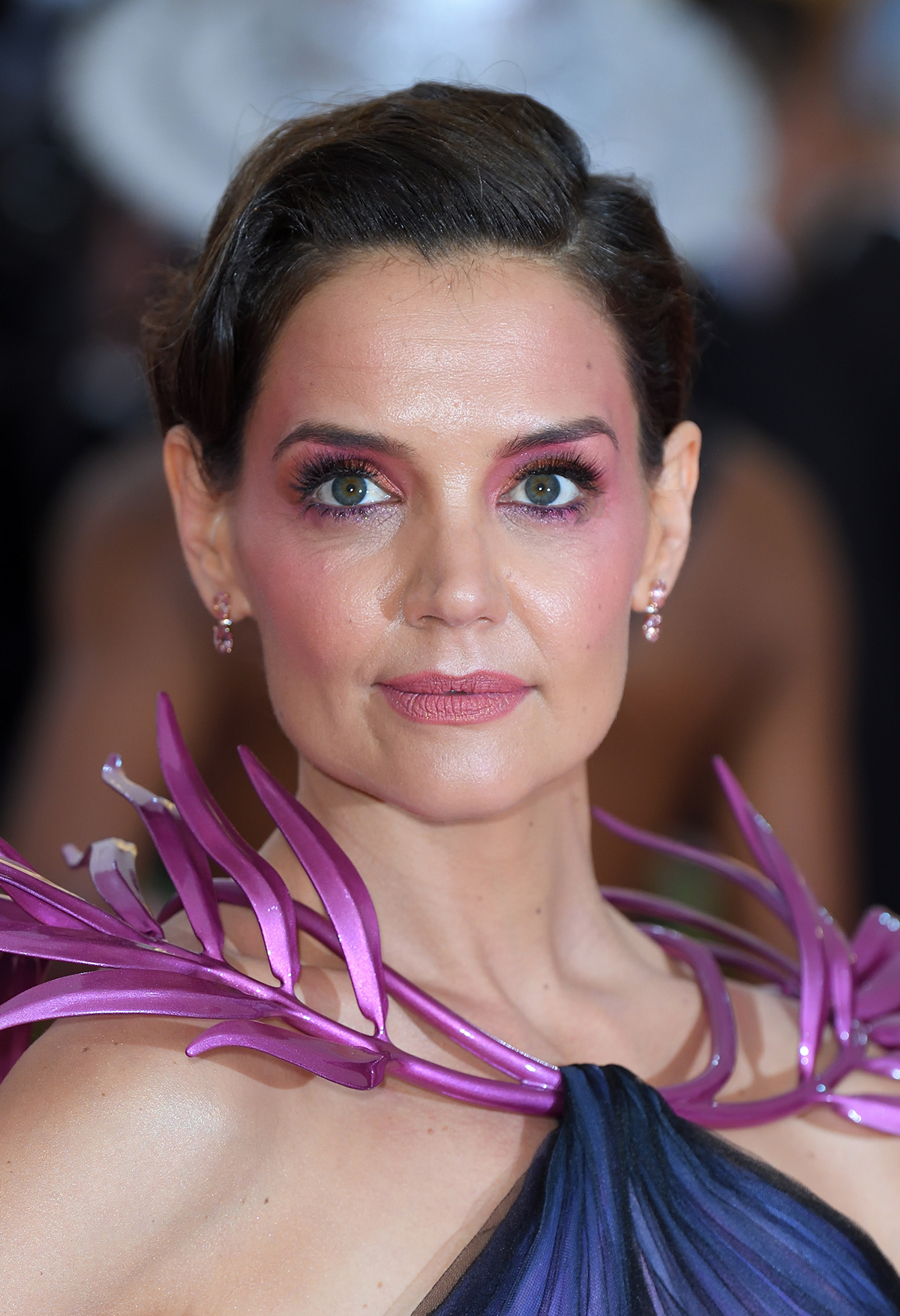
Emphasize your naturally angled jawline with bronzer. Use it to contour the hollows of your cheeks.
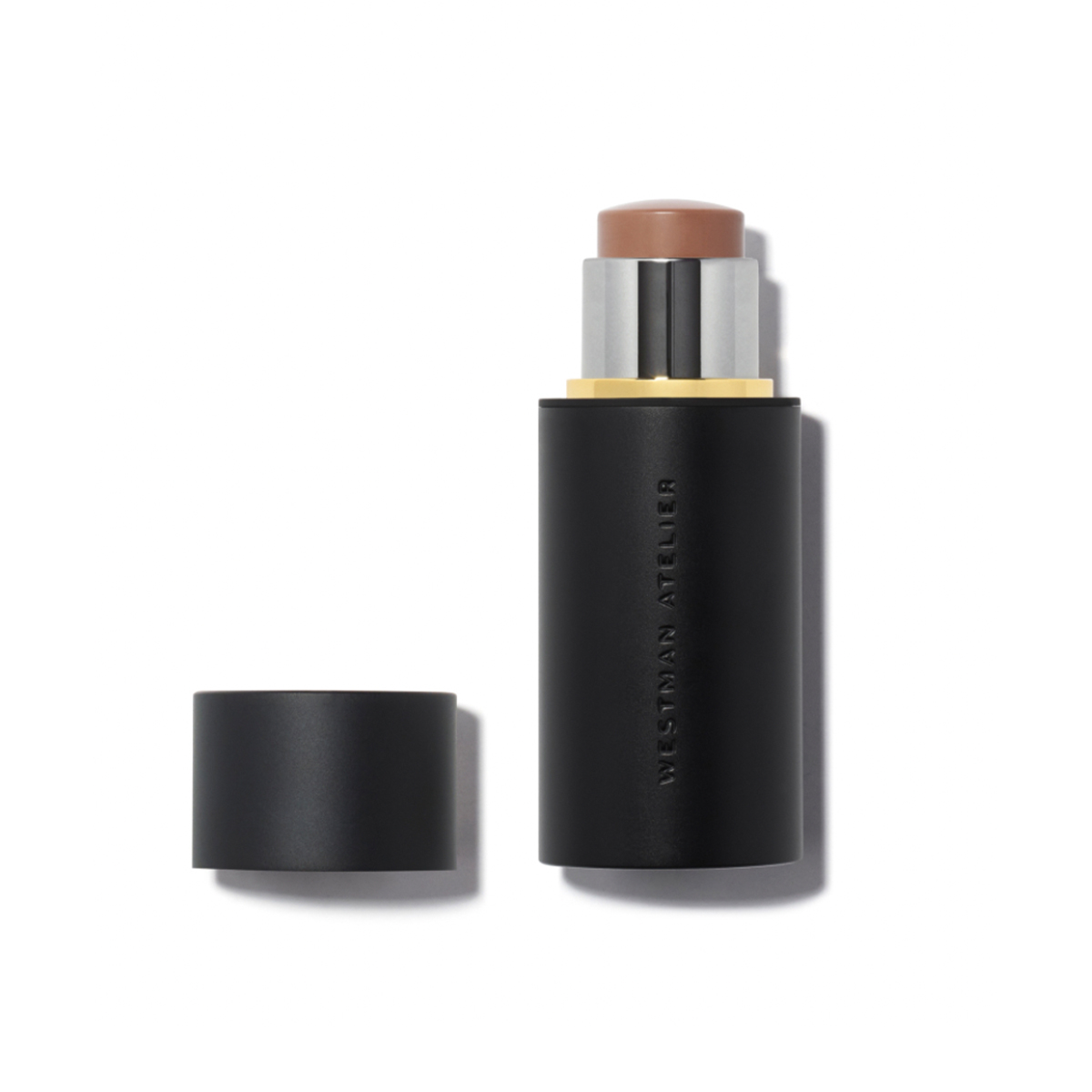
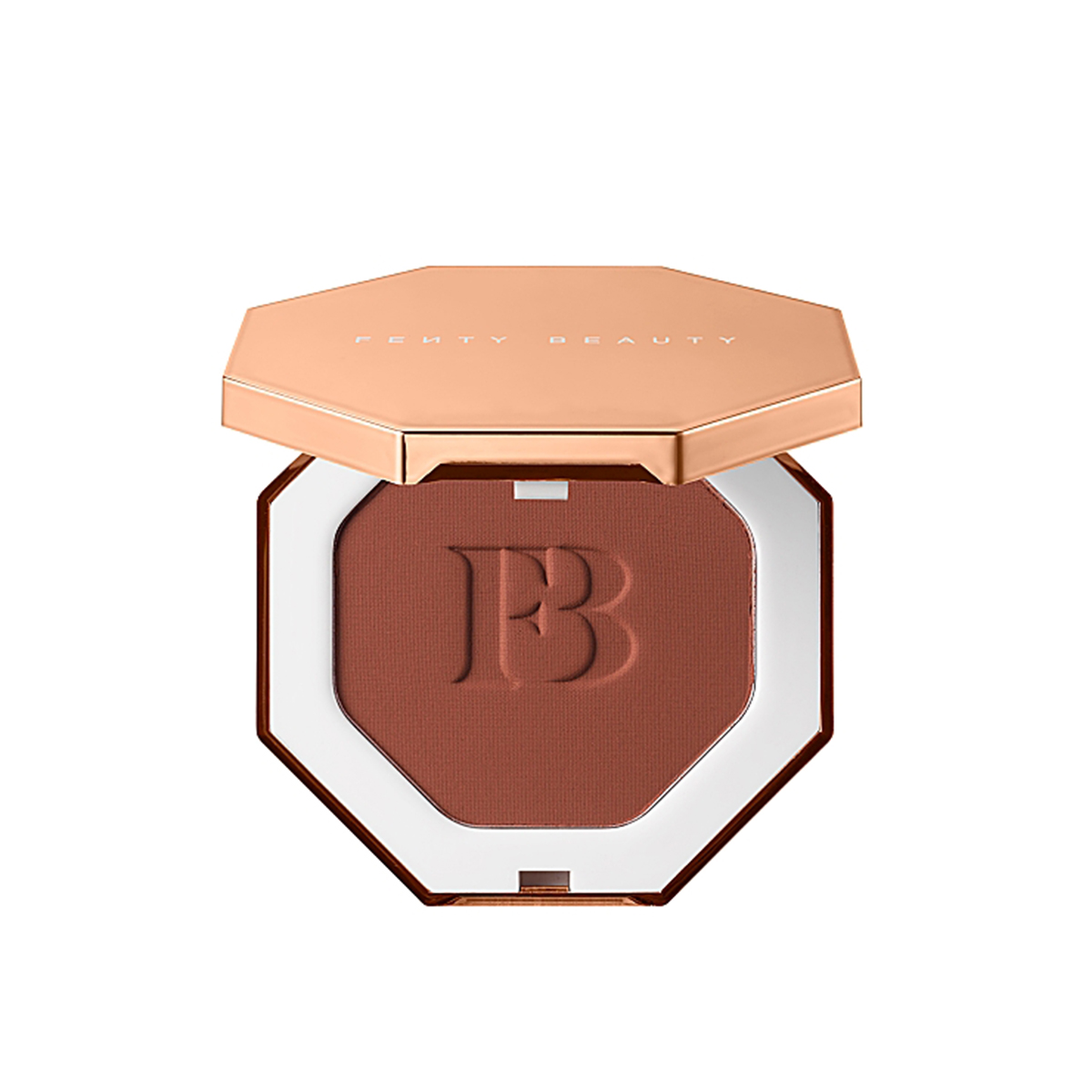
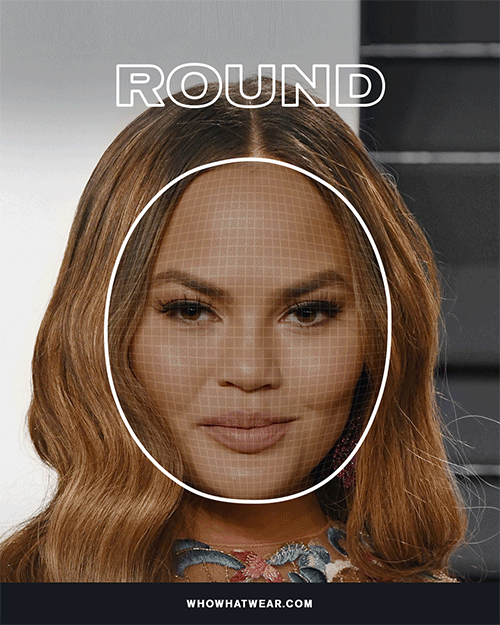


If you have a round face, your cheeks are the star of the show. Play them up with tons of blush in a fun color.
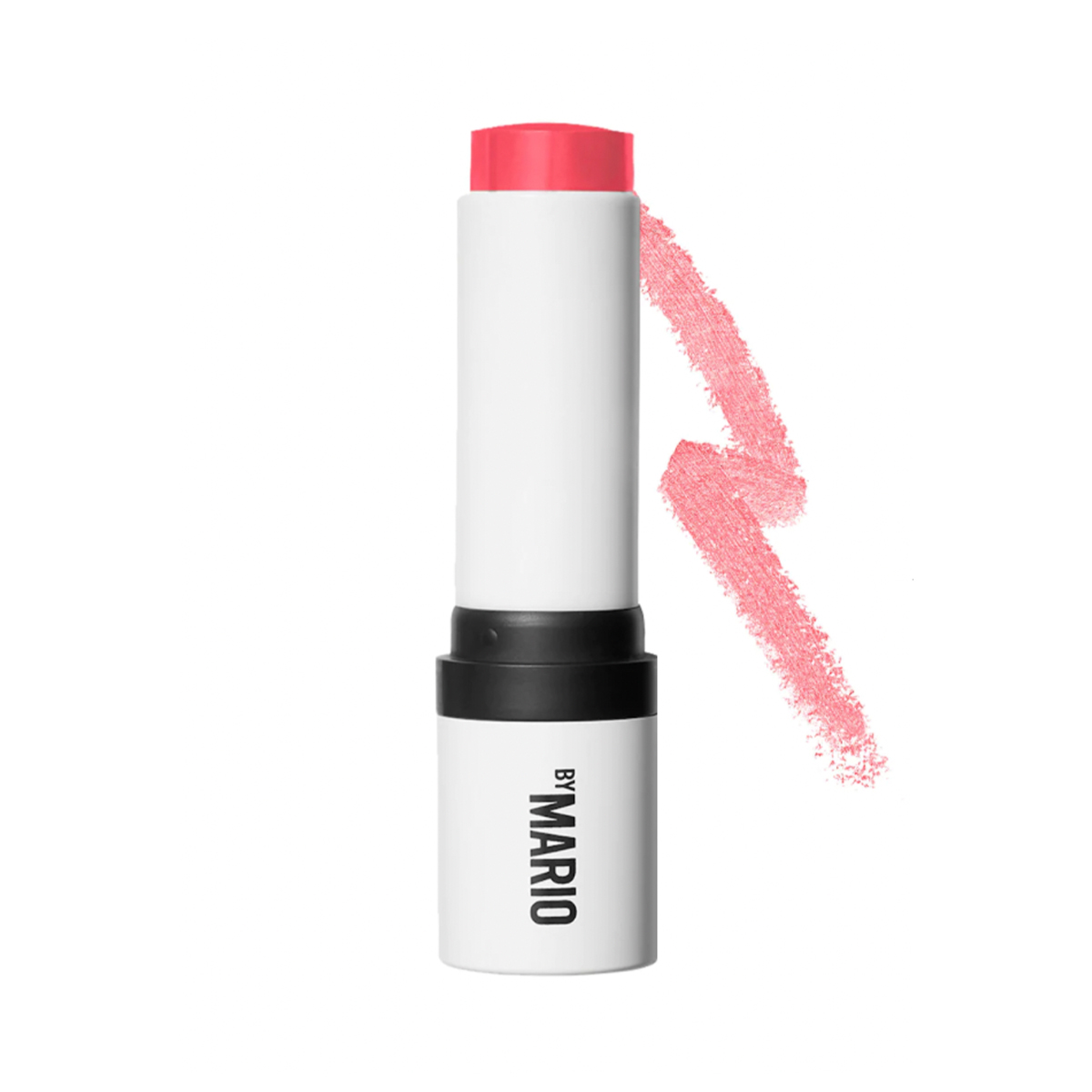
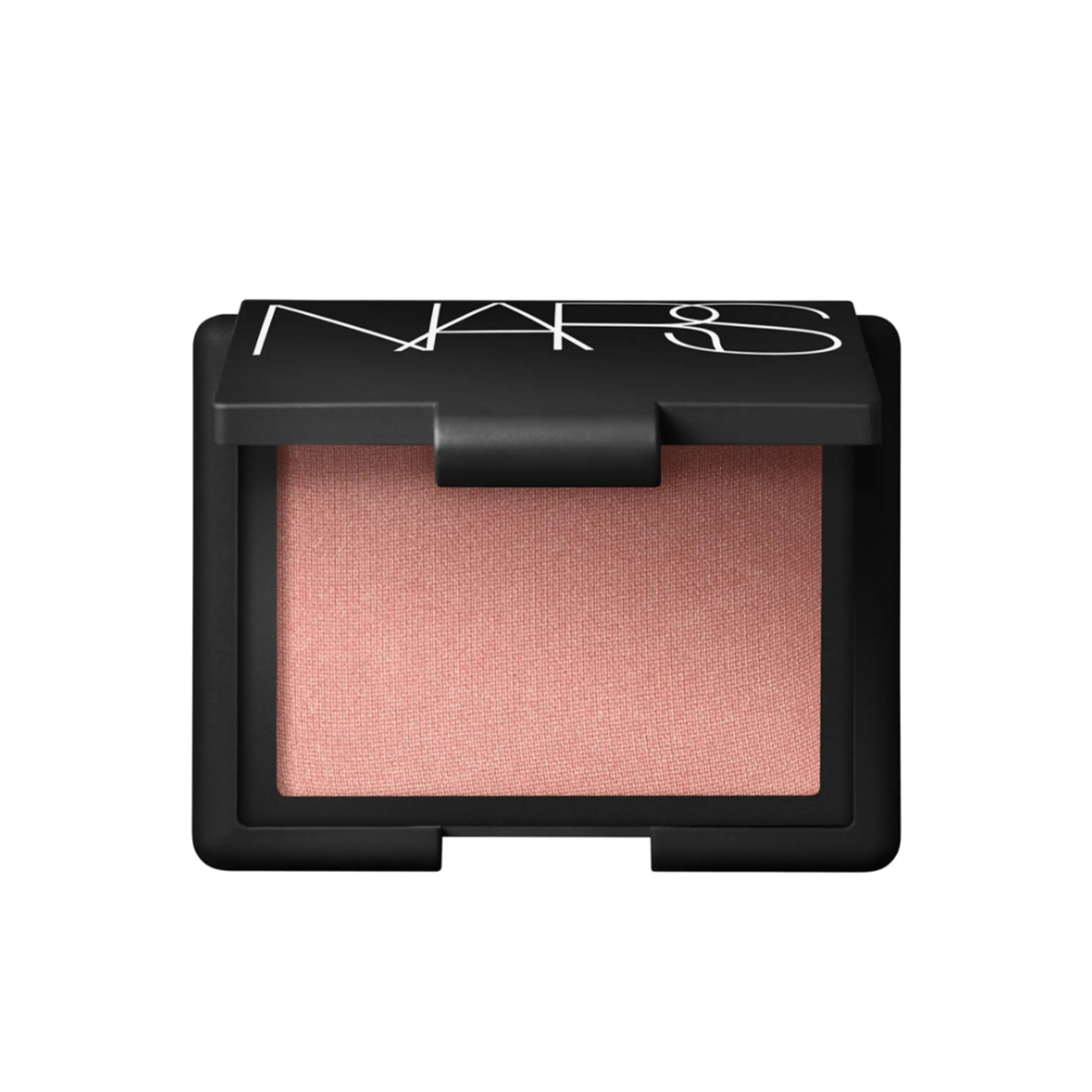
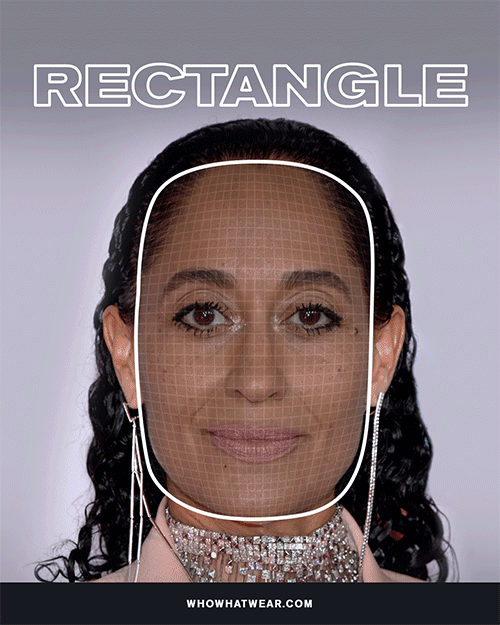
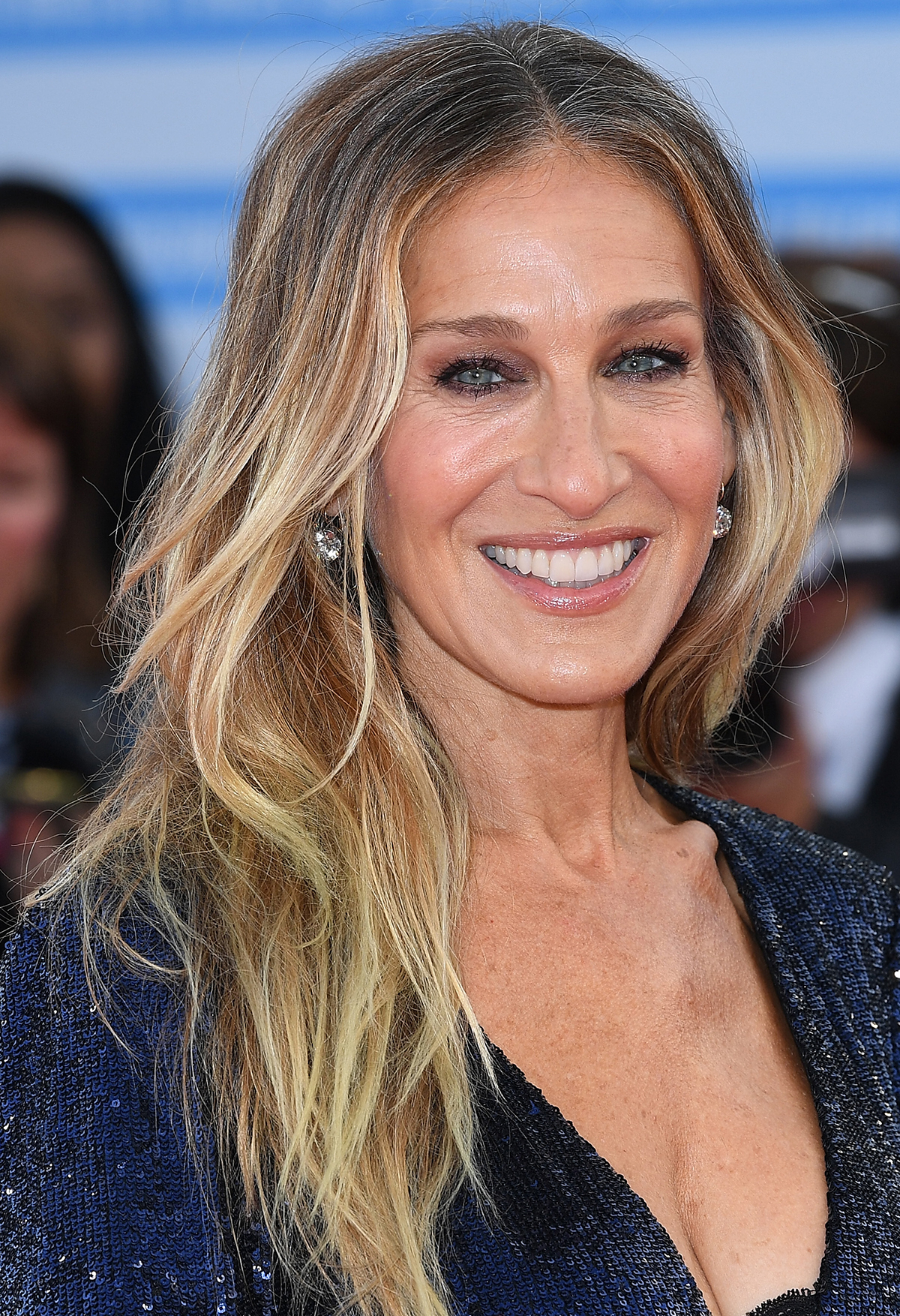

Since your brow bone is so prominent, you have the perfect opportunity to enhance your brows. Use a tinted brow gel in a shade close to your natural eyebrow color to draw attention to your bone structure.
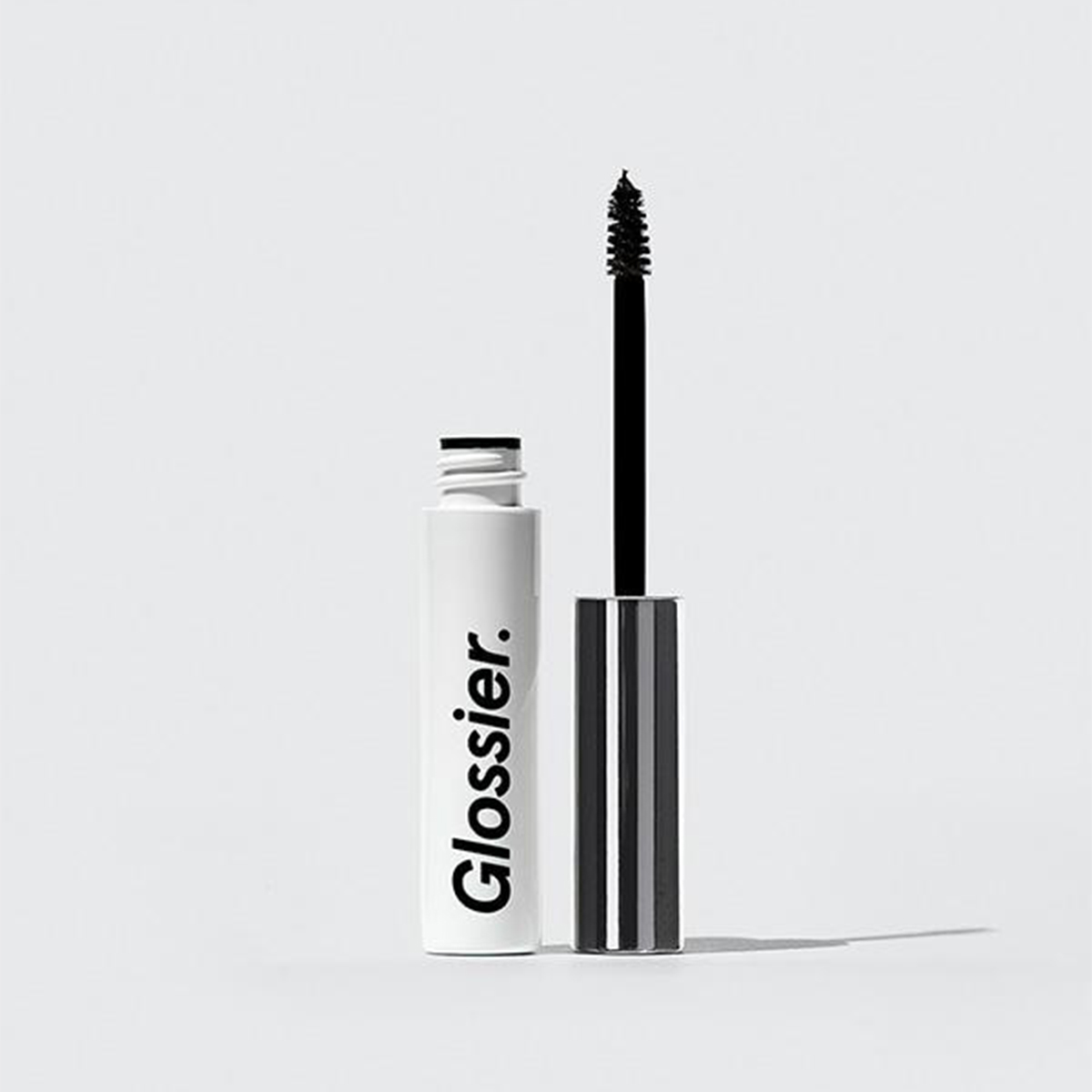
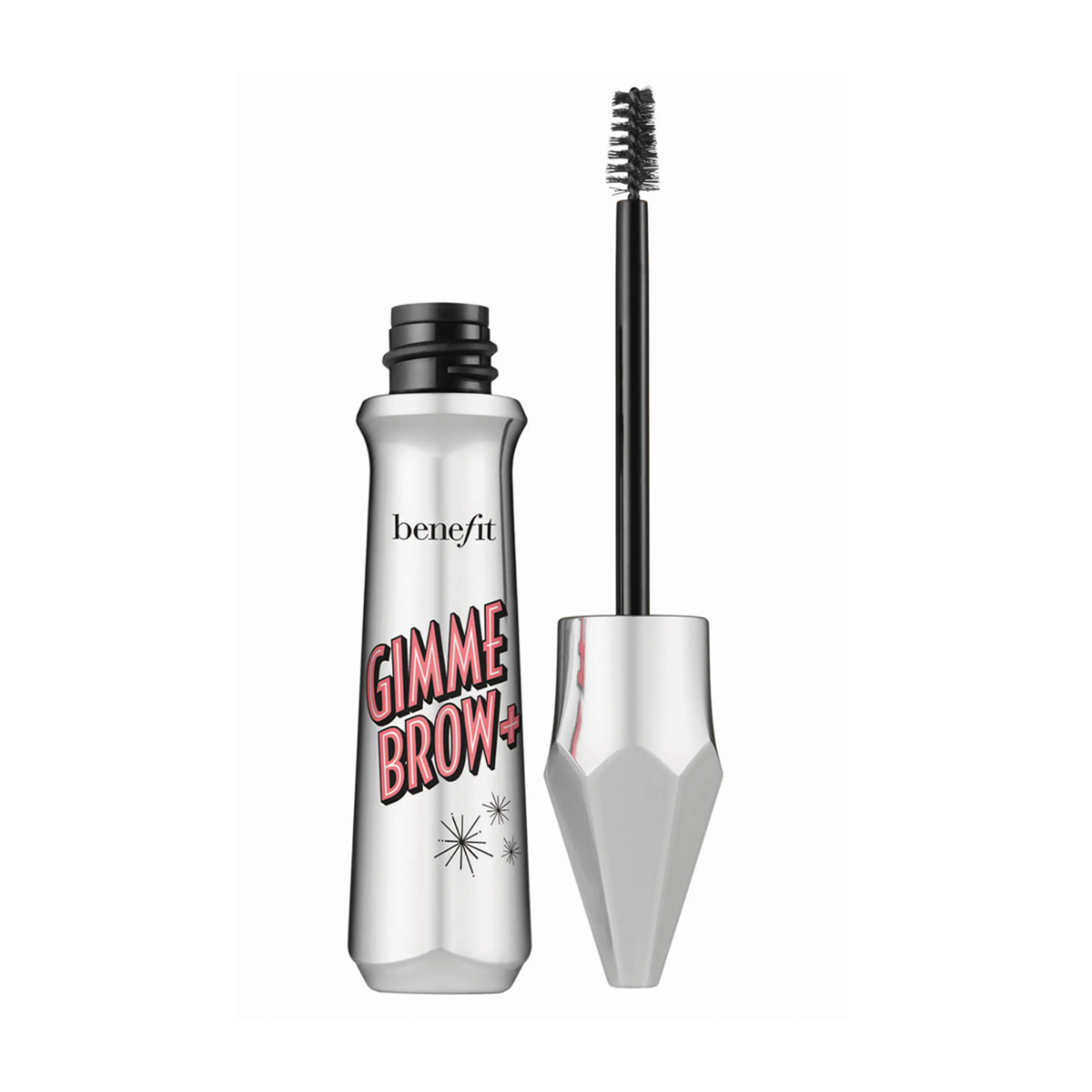
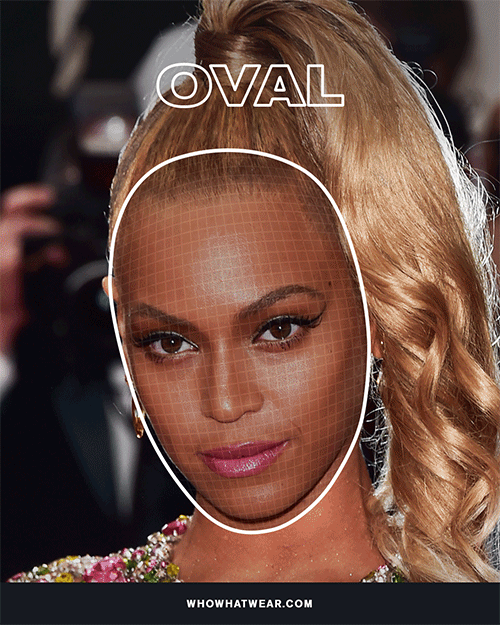
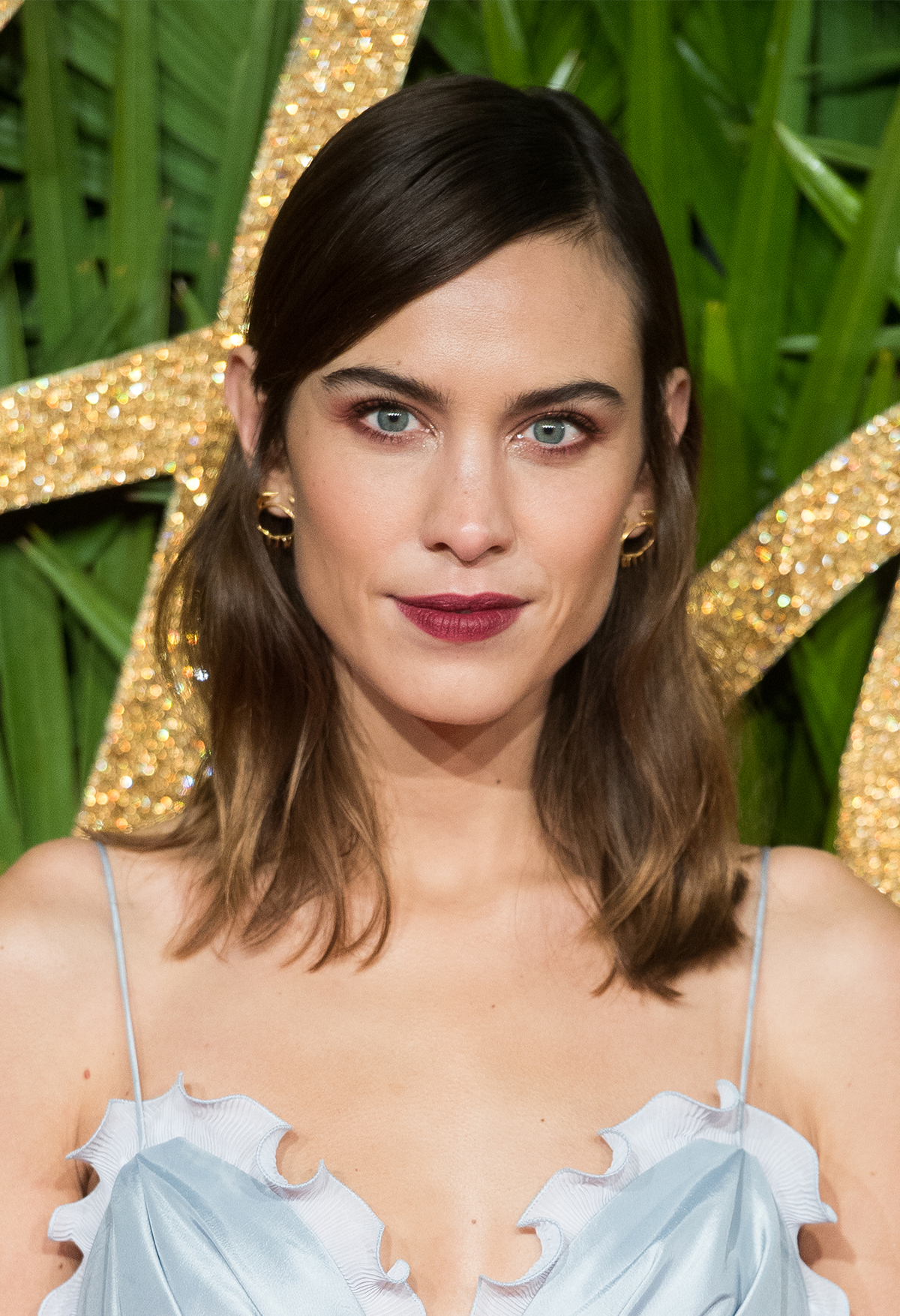

Having higher cheekbones means one thing: you have the perfect face for highlighter. Sweep it all over your cheekbones to illuminate your entire face.
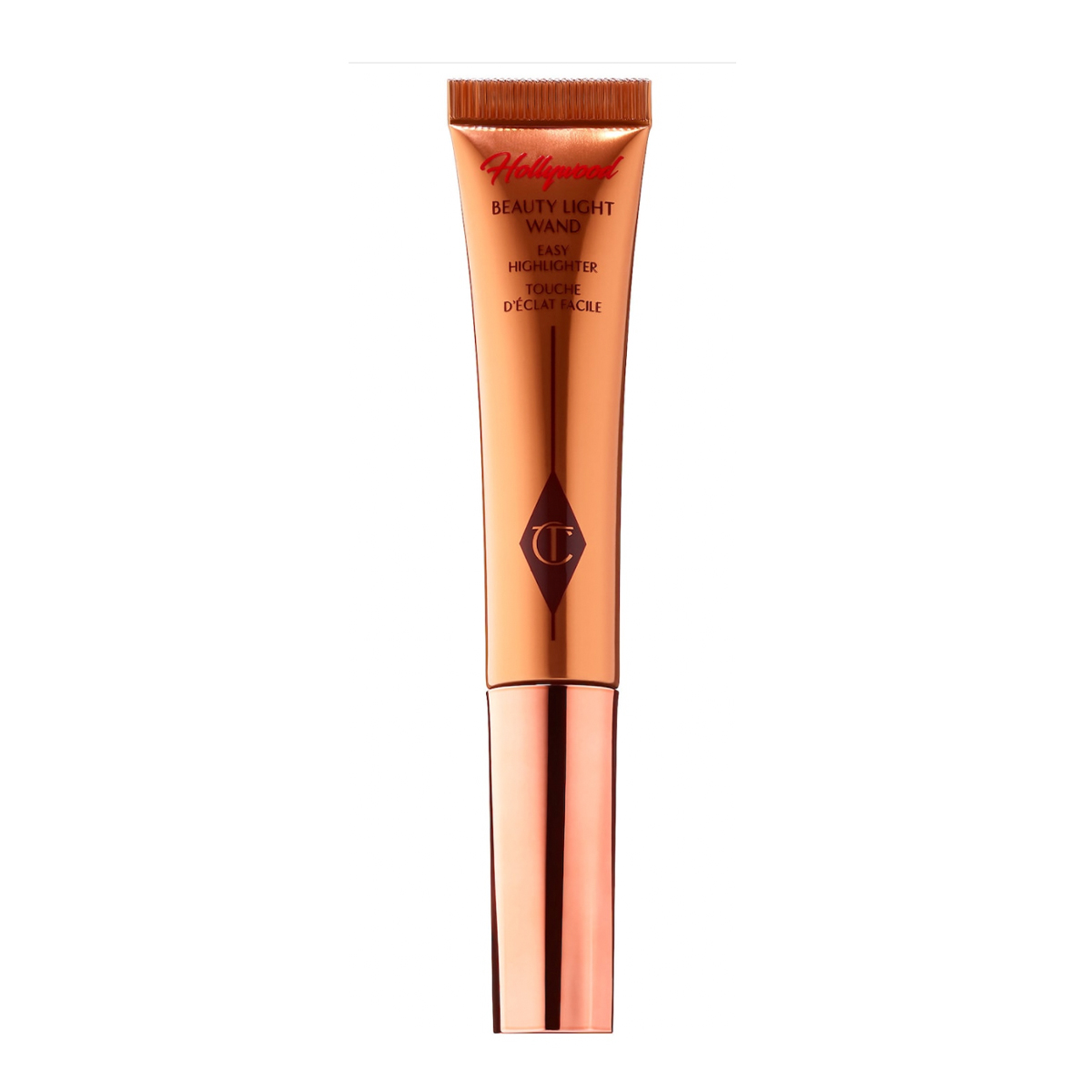
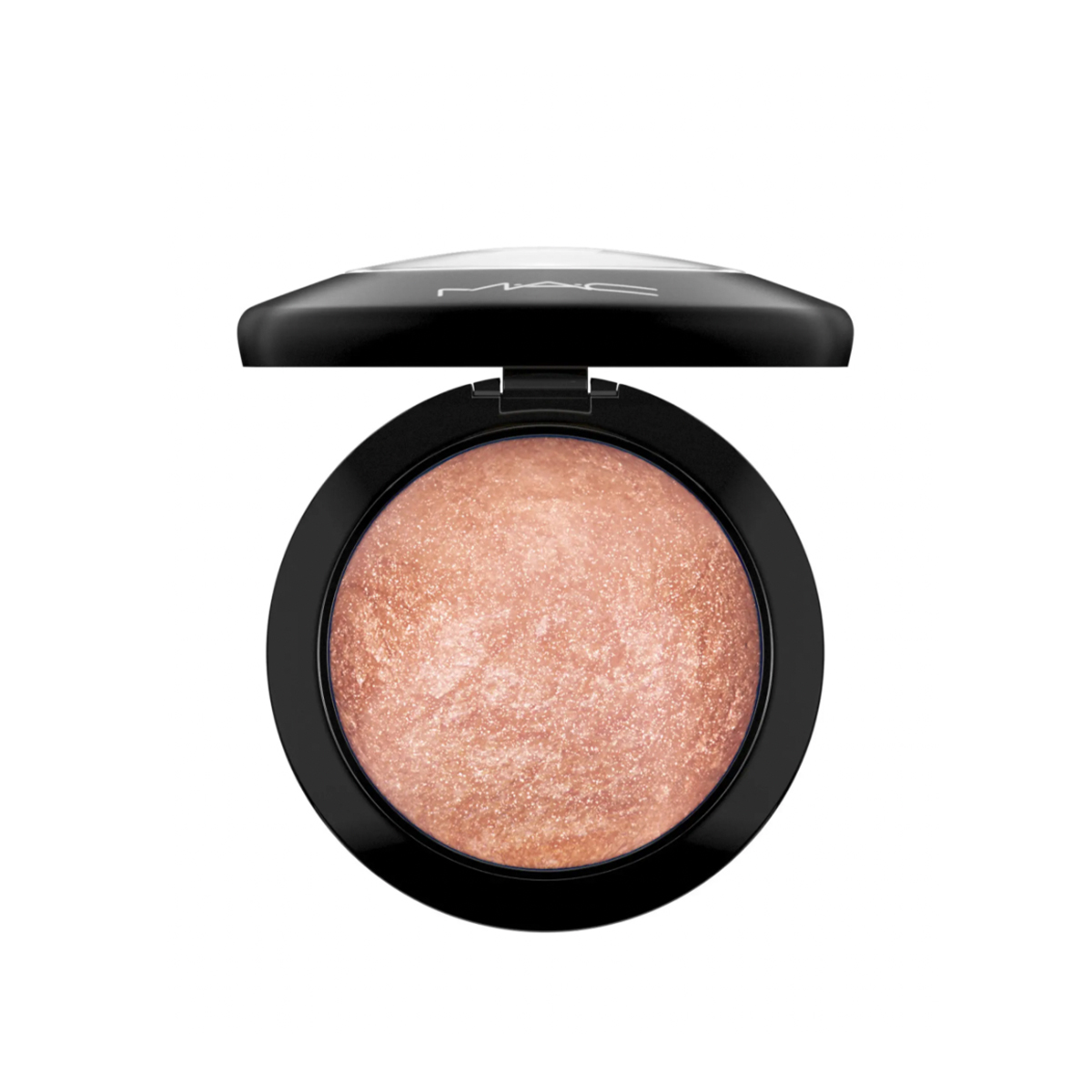
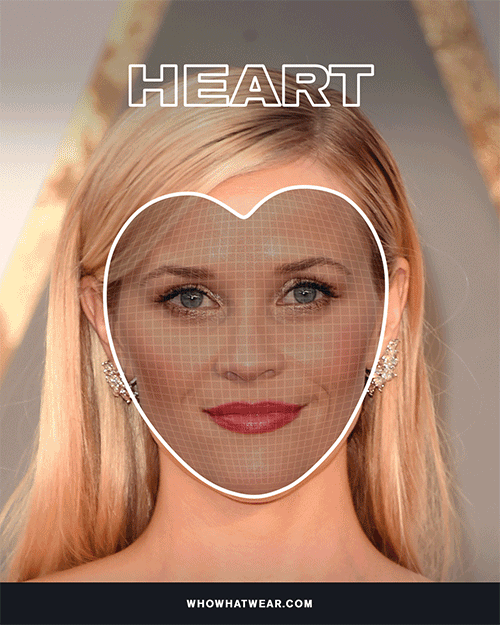
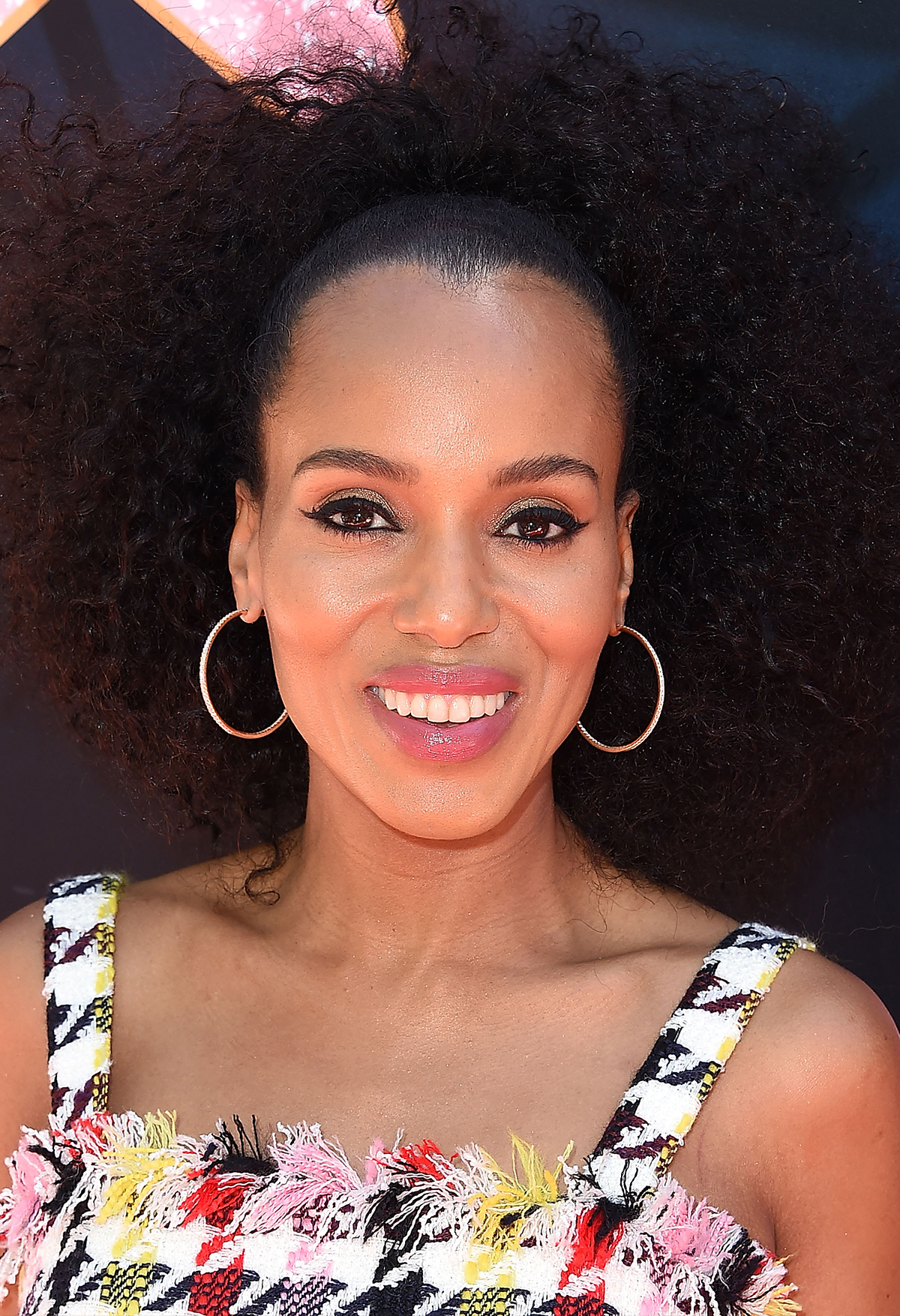
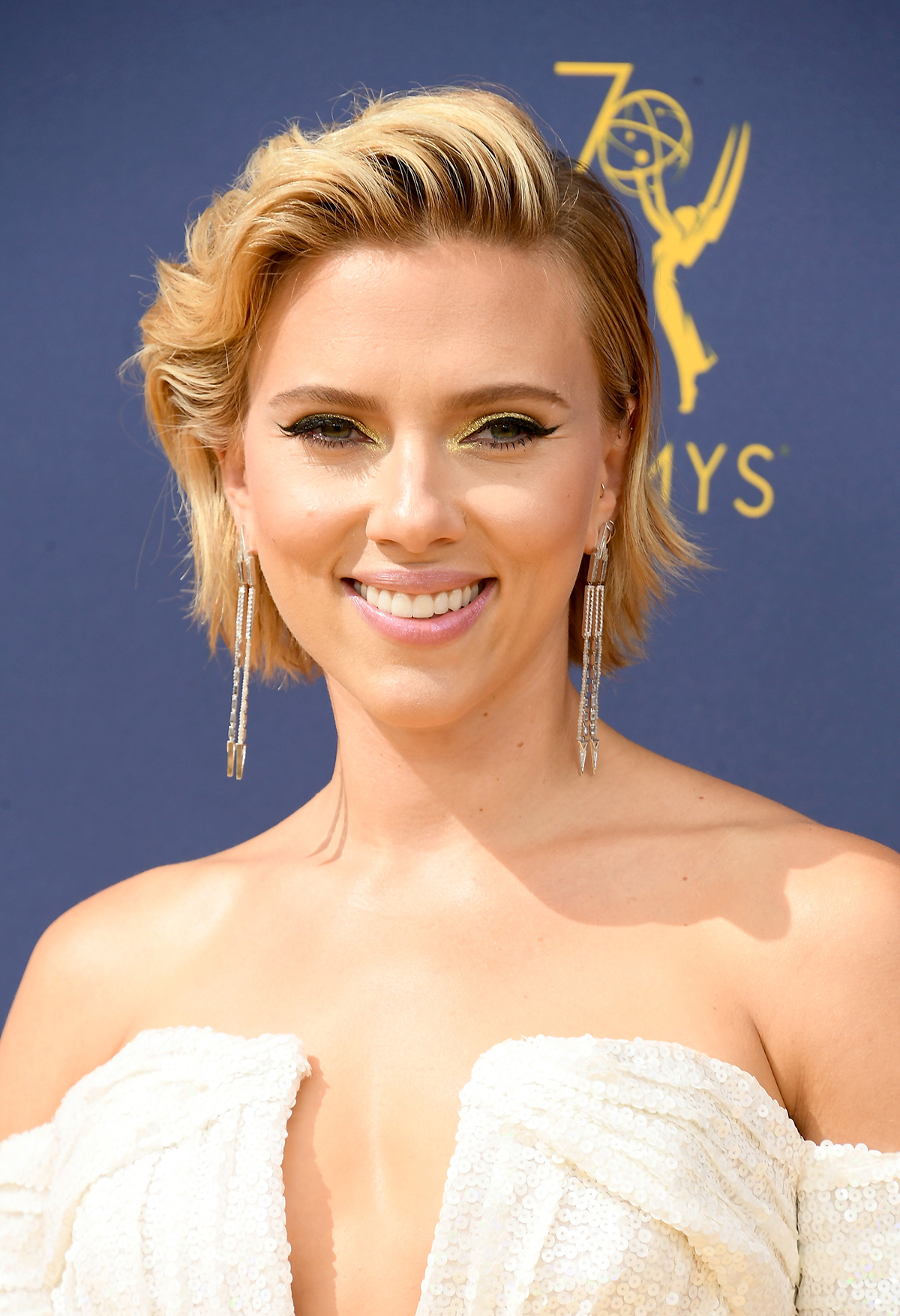
Your wider forehead can handle big, fluttery lashes. Layer on mascara to make your eyes pop.
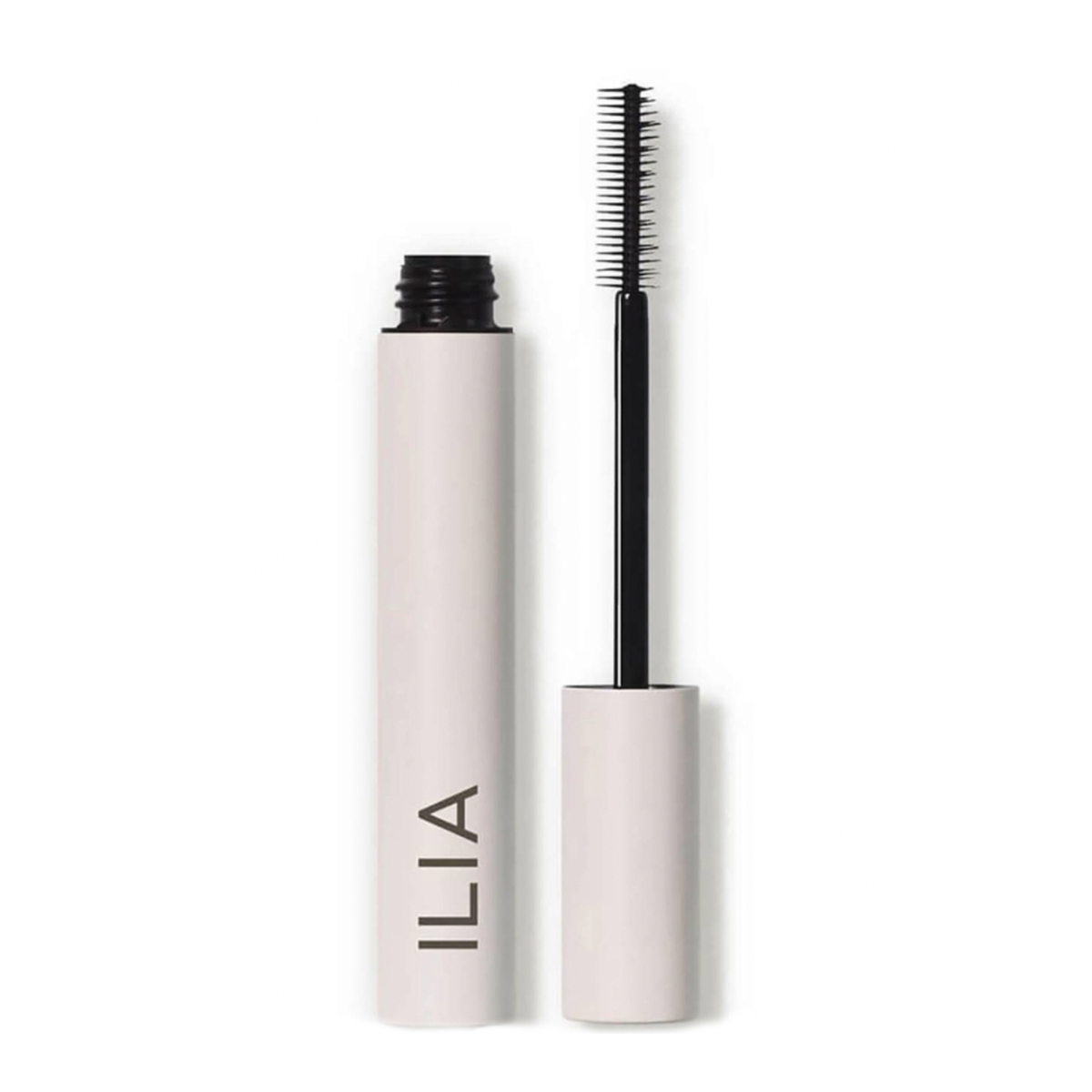
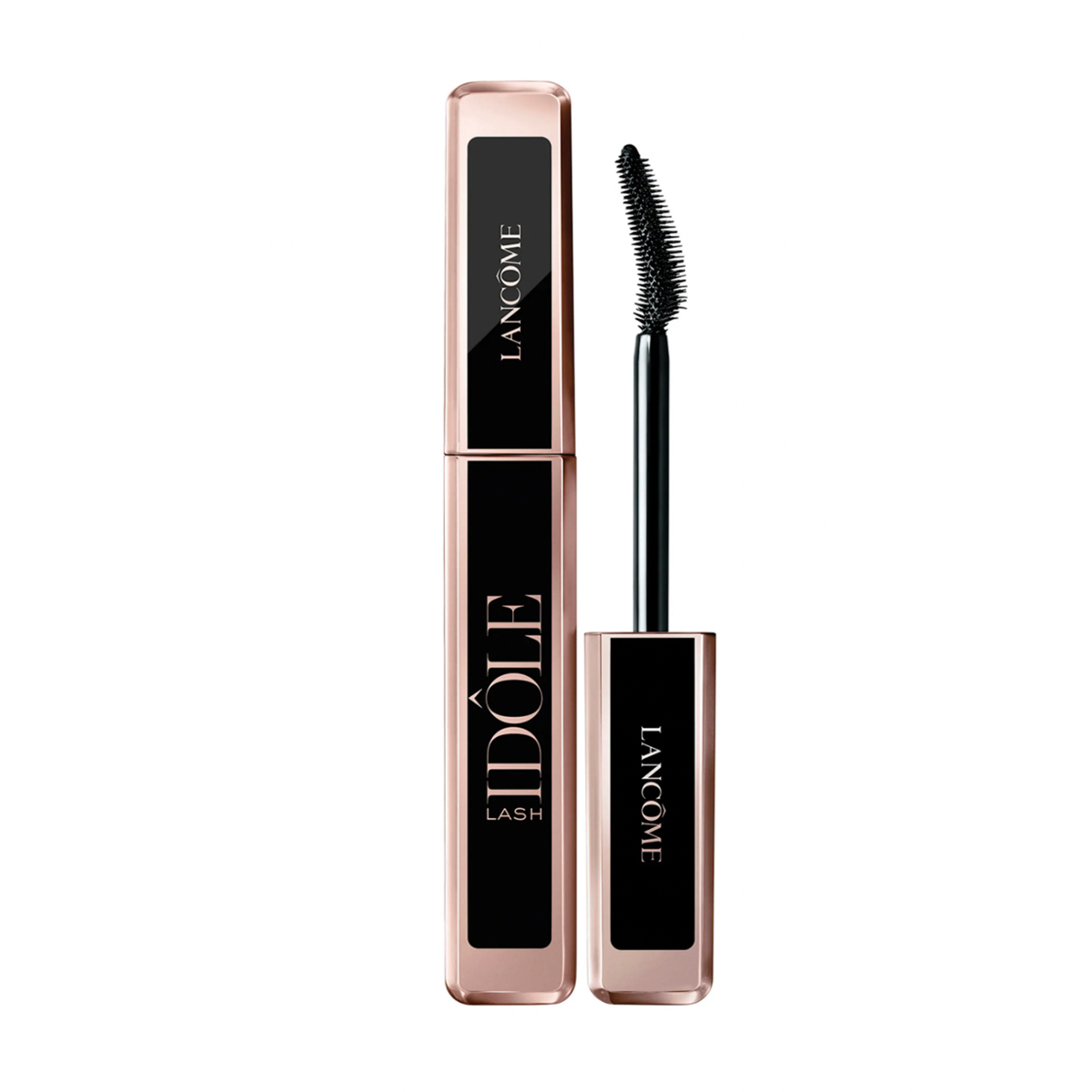
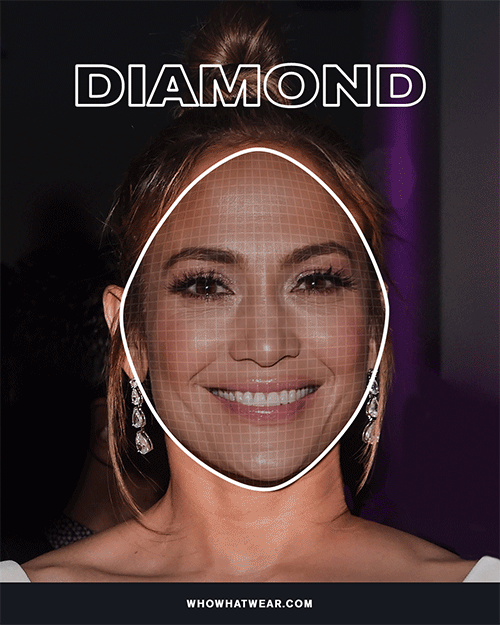
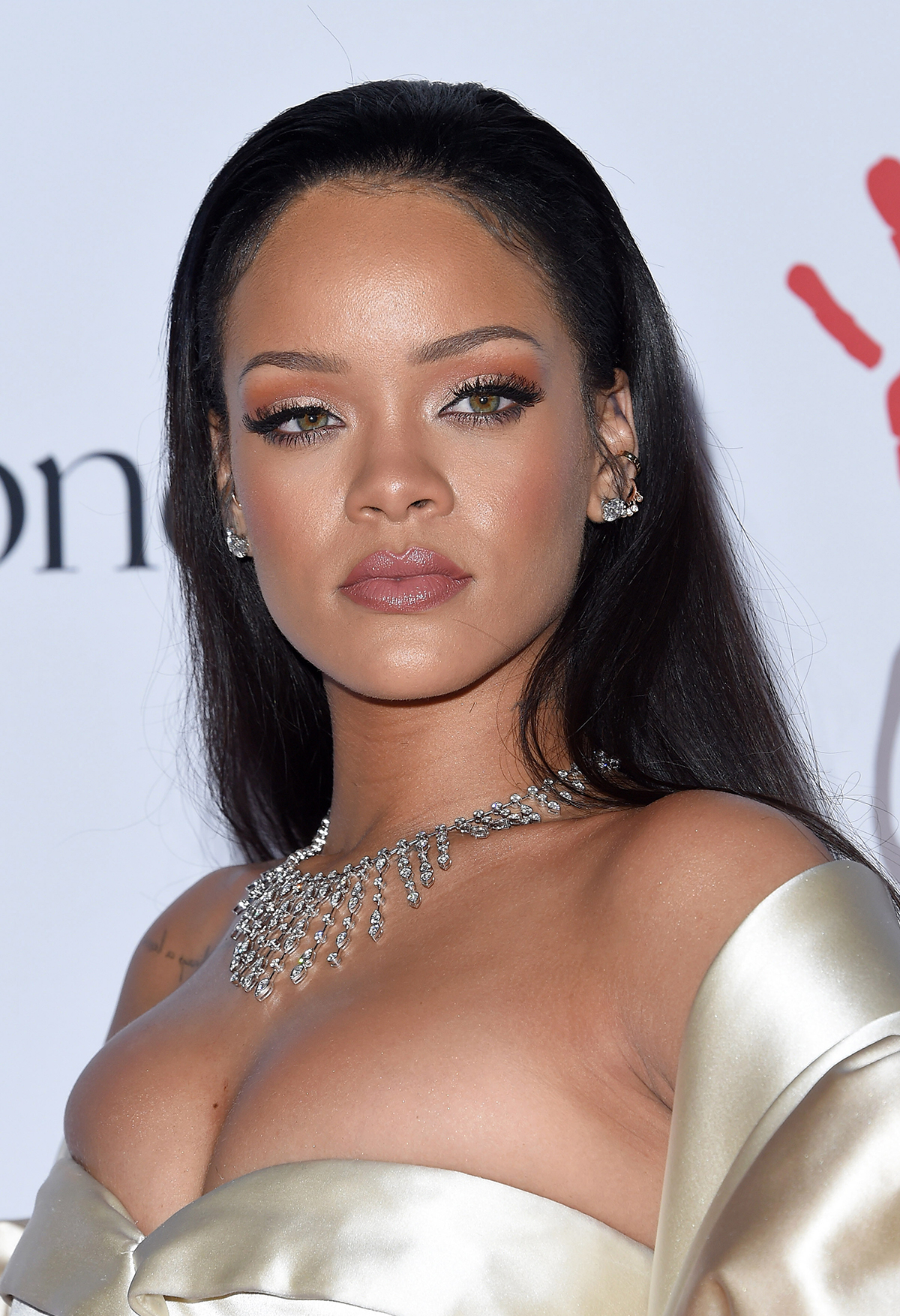

Similar to heart-shaped faces, diamond shaped faces are all about the eyes. Trace on a cat eye or smudge out a smoky eye to bring all the focus to your narrow temples.
